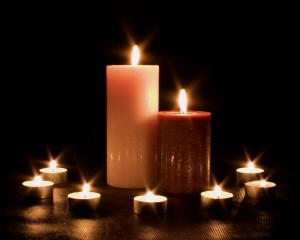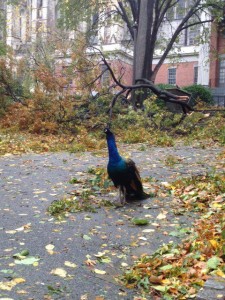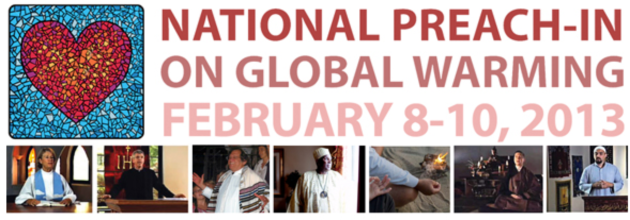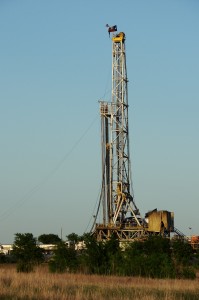January 9, 2013
The Honorable Andrew M. Cuomo
Governor of New York State
NYS State Capitol Building
Albany, NY 12224
Dear Governor Cuomo,
New York Interfaith Power & Light is a non-profit organization made up of 90 congregations of all faiths located throughout the state of New York. We are deeply concerned about the environmental and health affects of high-volume horizontal hydraulic fracturing, and are particularly concerned about the impact on our climate from methane leaks.
In the past we have called for the precautionary principle to be applied. We have not joined the anti-fracking coalition because we realize that these are hard decisions for communities of faith in the area currently being targeted for drilling. Now that a decision is at hand, however, it is clear that serious questions are yet to be answered about both health and climate impacts. Applying the precautionary principle, it is clear that it would be inappropriate to open New York to high-volume horizontal hydraulic fracturing at this time, with the current state of drilling technology and environmental science.
We are writing to you to add our names to the letter previously sent to you and signed by hundreds of other faith leaders:
As people of reason and faith, care of the earth, its inhabitants, and future generations are of great importance to us. We have been supportive of the current moratorium on hydraulic fracturing for natural gas extraction in New York so that impacts can be assessed. However, in light of mounting evidence of significant harm to the environment, human health, and communities in areas where fracking has occurred and indications that the DEC could soon begin issuing permits, we are now compelled to speak out in opposition to use of the technology as it has been presently developed.
Fracking activities underway in Pennsylvania and elsewhere have been shown to cause significant and irreversible damage, both above and below ground. As proposed, the technology constitutes a grave danger to land, air, and water resources of our entire region, should it come to New York. While we appreciate the economic difficulties of neighbors, we believe it is a moral obligation for all of us to work together toward addressing human needs while building a sustainable future that is respectful of the earth and the well-being of future generations who shall inherit this world. The intrinsic beauty of our planet and abundance of life it sustains are far beyond the capacity of humankind to create; however they are not beyond the capacity of humankind, as creatures with intelligence and compassion, to protect.
In consideration of the above, we join the numerous clergy, religious leaders, and communities of faith who have signed a resolution in support of bans on the use of hydraulic fracturing for the extraction of natural gas throughout the past several months since the ceremony of the blessing of the waters at Cooperstown. Furthermore, we strongly encourage the pursuit of sustainable economies, renewable energy, and conservation so that New York may be an example of good stewardship of the earth and an advocate for the well-being of its inhabitants.
Sincerely,
The Board of New York Interfaith Power & Light
Gerard A. Falco, Esq., Board Chair
Harrison, NY
Dr. Patricia Townsend, Vice-Chair
Amherst, NY
J. Henry Neale, Jr., Esq., Treasurer
White Plains, NY
Sister Mary Ann Garisto
Bronx, NY
Rev. Henry Frueh
Queensbury, NY
Elysa Hammond
New Rochelle, NY
Rabbi Linda Motzkin
Gansevoort, NY
Edward Smyth
Wyantskill, NY






